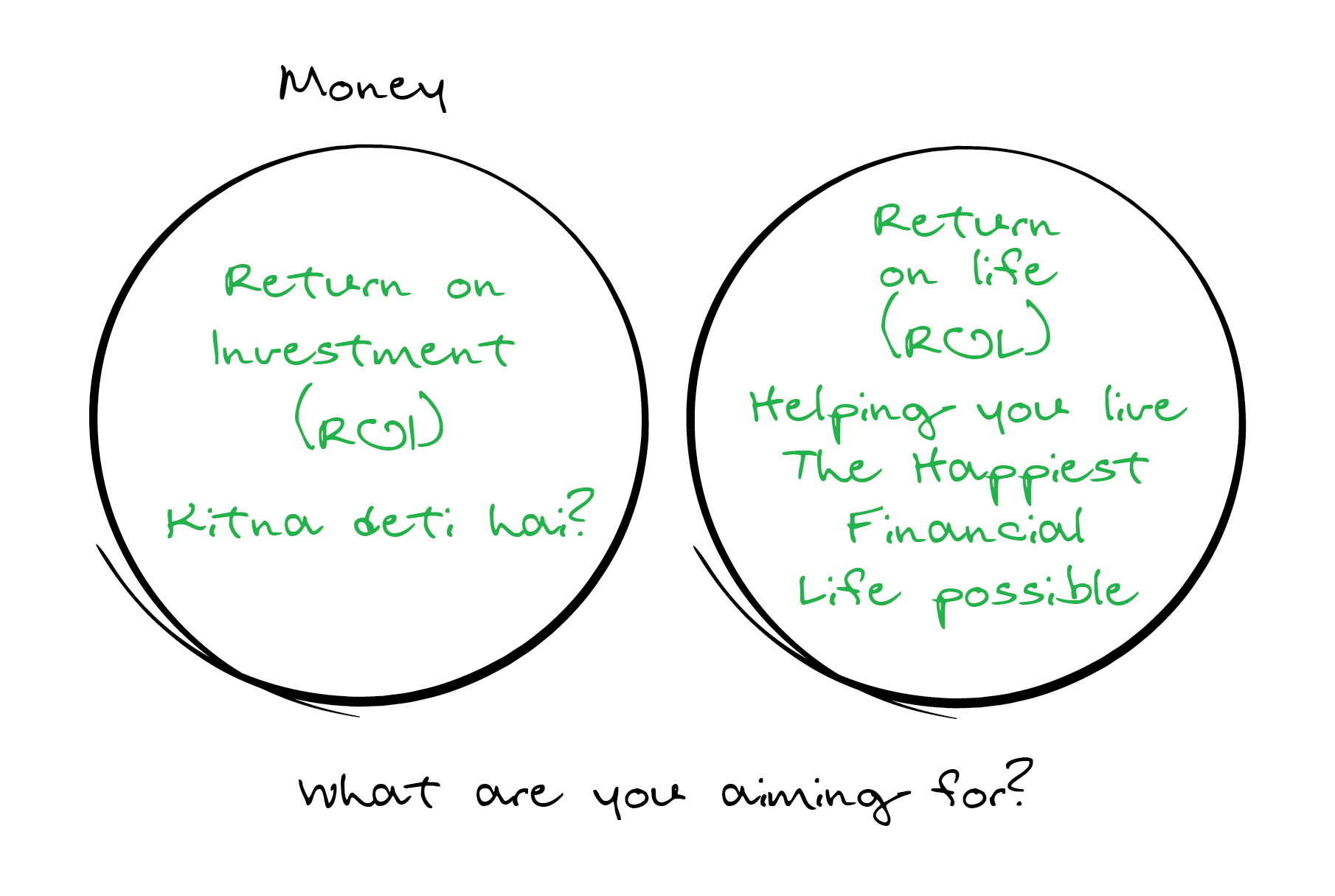Another Insight to Remember
My last week’s post “An Insight to Remember” got a lot of appreciation and love, including some who said that this was the finest post on equity markets till date. This week, I thought of adding some additional insights that I believe you will find valuable. Normally the sequels are not as good, but I am going to try anyway.
Let me ask you this question.
What do you think is the average annual Sensex (stock market index) drawdown?
In case you are wondering, what is a drawdown – here it goes.
A drawdown is a peak to trough decline during a specific period of an investment, fund or stock market. This means the difference between the highest level of the Sensex (in our case) in a particular year and lowest level for that year. A drawdown typically gives the volatility of the stock market or an investment.
Now that you know what a drawdown means, let me ask you the question again.
What do you think is the average annual Sensex drawdown?
Can you take a guess?
I am waiting.
Let me give you a hint.
The average annual drawdown of US S&P 500 is around 14%. On the other hand, the average annual return of S&P 500 (the index of the largest 500 companies in the US) since 1926 has been around 10%. The number is higher primarily because of the US market performance since 2009 otherwise this number is typically in the region of 7-8% p.a.
Can you take a shot now?
The average annual Sensex drawdown from 1979 is 28.52%. This means the annual Sensex drawdown is almost 2 times that of the US S&P 500. While the annual drawdown was significantly higher, the compounded annual returns of the Sensex was 15.83%, double the typical S&P 500 returns. Like I mentioned before, the US markets have delivered a stellar performance since 2009 and therefore their average annual returns over the long term have moved upwards to 10%. This takes the average annual difference in returns between the Sensex and S&P 500 to be around 58.3%. The point is that drawdowns are fairly consistent with the returns. The higher the drawdown or volatility, the higher the returns.
An interesting observation is that despite this average annual 28.52 % drawdown, Sensex has delivered positive returns in 33 of the last 44 years. Only in 11 years did the Sensex deliver a negative return. This means the Sensex was up 75% of the time (in years). On the other hand, the S&P 500 over the last 44 years delivered positive returns in 34 years. 9 years were negative and 1 year was flat at 0%. This was almost similar to the Sensex and as we can see, generally stock markets (not all but ones that are growing and have growth left in them) are up 70-75% of the time (in years) and down 25-30% of the time.
These basic facts have remained the same. Despite the few negative years and significant annual drawdowns, the stock markets have delivered superior positive returns over the long term. In case of Sensex, the compounded annual growth rate has been 15.83% for 44 years. We however need to embrace the negative years and the annual drawdowns to earn and enjoy the powerful compounding of equities over time. We are rewarded for ignoring the noise. We are also rewarded to ignore the drawdowns. Warren Buffett said, “Benign neglect, bordering on sloth, remains the hallmark of our investment process.”





 and then tap on
and then tap on 

0 Comments